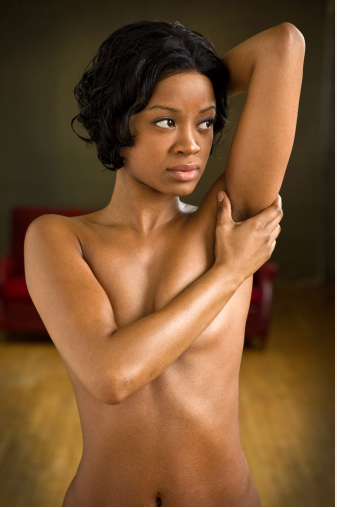 Being beautiful and environmentally savvy at the same time is not for the faint of heart. There’s the replacing of your tried-and-true “other” products, transitioning from a relaxer to natural hair and finding out which beauty brands are truly as pure and natural as they claim to be.
Being beautiful and environmentally savvy at the same time is not for the faint of heart. There’s the replacing of your tried-and-true “other” products, transitioning from a relaxer to natural hair and finding out which beauty brands are truly as pure and natural as they claim to be.
The exhaustive process is an uphill battle and difficult especially when you’re not sure which brands are fakers or true. With an extensive list of ingredients to avoid that are linked to cancer in makeup products many brands are equipped with the right marketing lingo that can sometimes lead many of us astray.
One of the latest eco-beauty terms used obsessively is the word “vegan.” Essentially, vegan beauty products claim to either not test on animals or contain any animal by-products. Great. Bunny rabbits are safe from deadly lipstick but does “vegan” automatically equate to still being healthy for human usage?
The only regulated definition for cosmetics is the word “organic” and through the National Organic Program, the U.S. Department of Agriculture regulates food ingredients found in cosmetics by the use of the USDA organic symbol found on certified organic products.
Here’s a breakdown of what it means when a product claims to be certified organic:
- “Made with organic ingredients” – Products made with organic ingredients have certified at least 70 percent of their ingredients and their product labels must state of the certifying agent on the information panel.
- “100 percent organic” – All ingredients must be certified organic ingredients as well as the processing aids. Product labeling of organic ingredients is also required.
- “Organic” – Up to five percent of non-organic content may be used in these products and certified organic ingredients must be identified on the labels.
Currently, there is no legal definition for the words “natural” or “vegan” in regards to beauty products. The Food and Drug Administration has no regulation on what clams. So what does this mean for the unsuspecting consumer? Buyer beware! While many brands may not test on animals or use animal products they could still be using chemicals potentially linked to a variety of diseases. Consumers can check their beauty products for hazardous rating at the Environmental Working Group’s Skin Deep Database at www.cosmeticsdatabase.com to understand what is in their products and which chemicals have been tested for safety.






